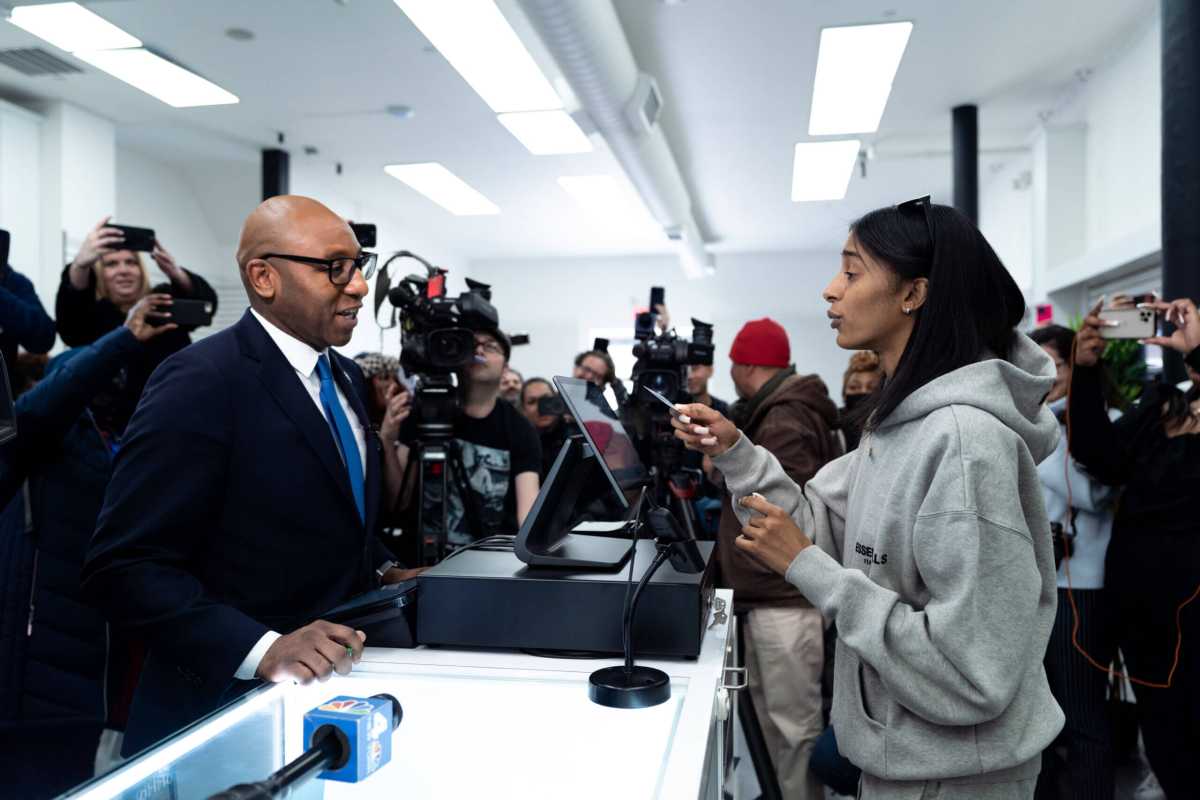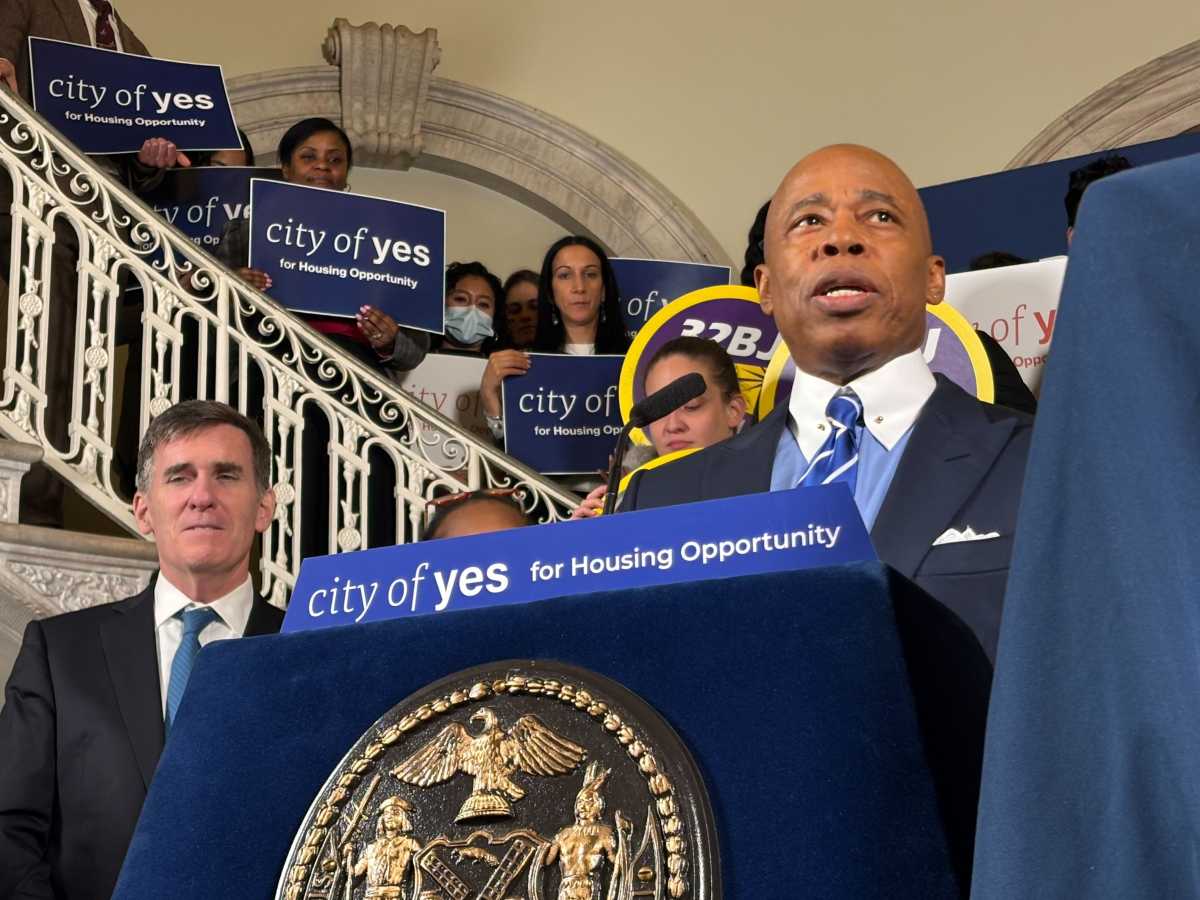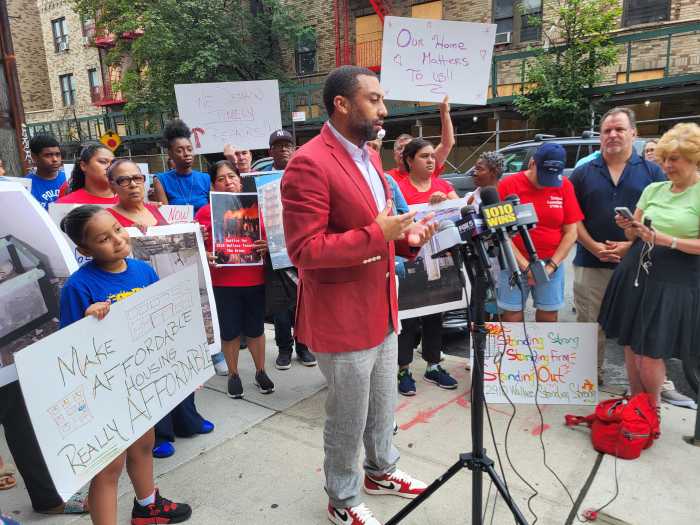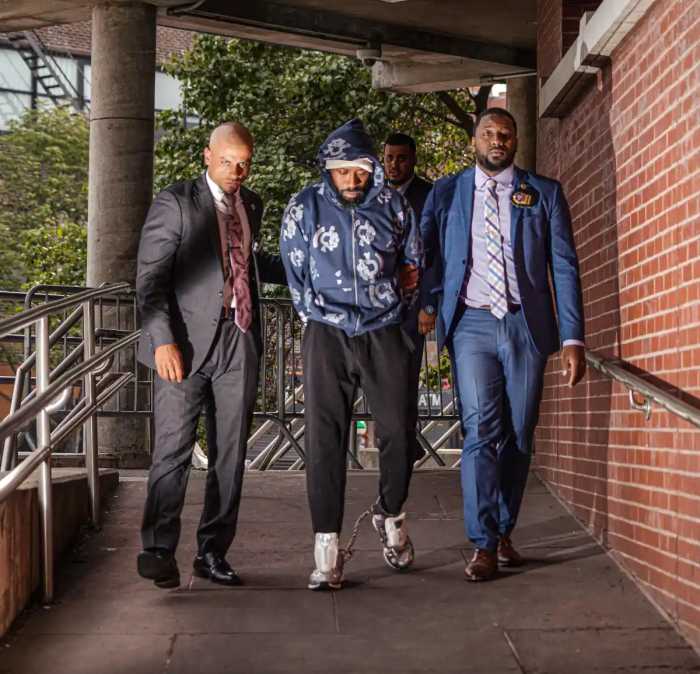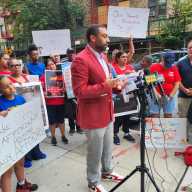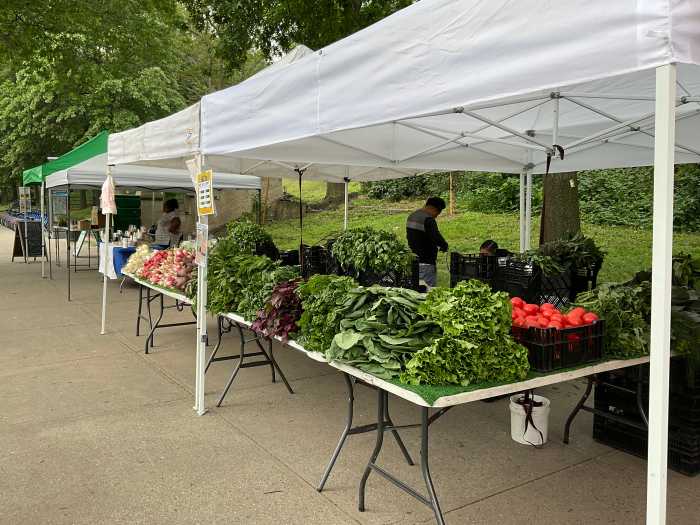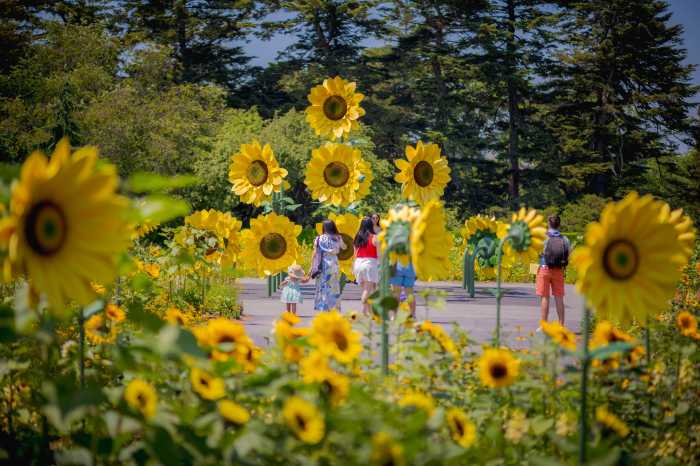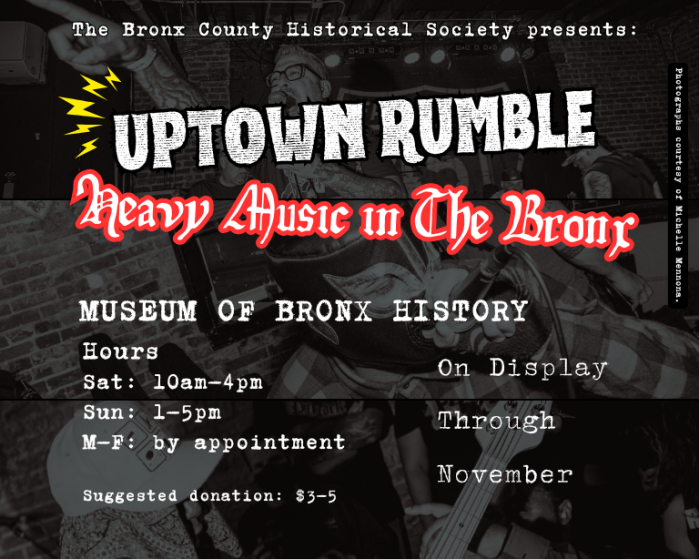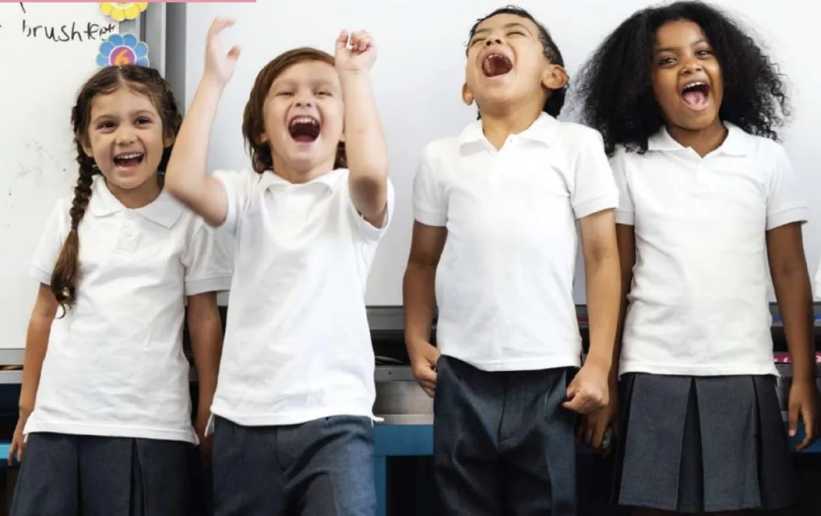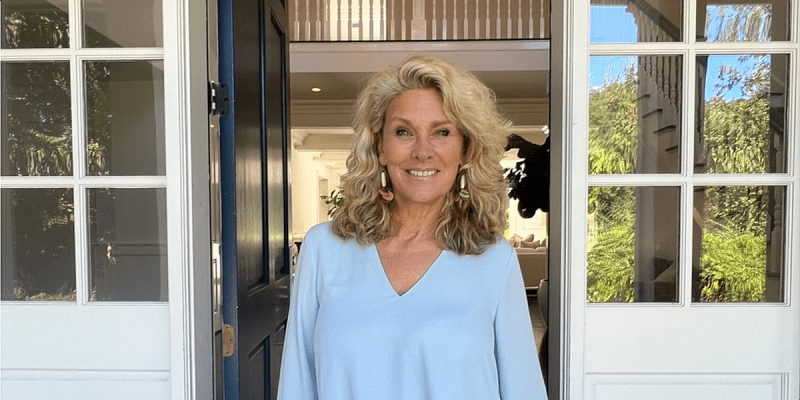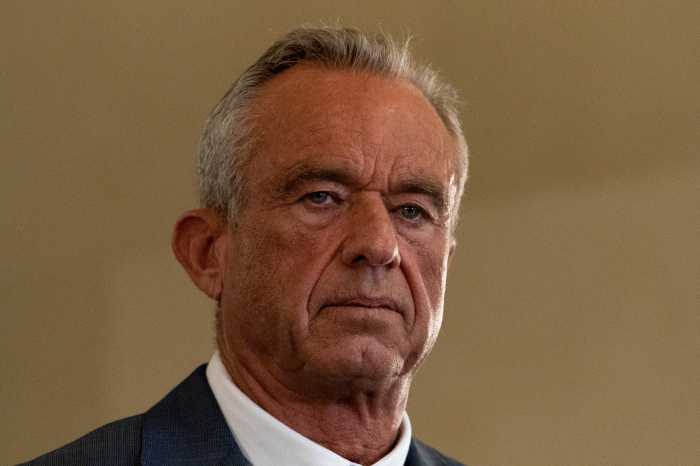The Week in Rewind spotlights some of the editorial work of the Bronx Times for the week of May 13-May 19.
New York’s cannabis market has made more than $16.5M. But is it making good on its promise?
To date, New York’s cannabis industry has made more than $16.5 million in retail revenue since opening its first dispensary in late December, and dozens more statewide since then, according to data provided at the May 11 Cannabis Control Board Meeting.
New York’s rollout is far from the first in the U.S., but is uniquely championed by the state’s cannabis leaders for being the first legal cannabis rollout to prioritize justice-based individuals — those harshly impacted by cannabis enforcement and convictions — into future operators in a potential billion-dollar industry.
There are 13 open and operating legal dispensaries statewide, with four of the six NYC-licensed recreational dispensaries located in Manhattan. Of those six dispensaries, three are justice-involved, while the other three are run through nonprofits.
“I would say New York’s legalization of cannabis has been unconventional, and it’s been spectacular. It’s gone above expectation and confronting a problem that we’re lucky to face,” said Trivette Knowles, a public affairs officer at the state Office of Cannabis Management (OCM). “We’re the first state to legalize cannabis with an equity focus. … Essentially, addressing the harms previously doled out by the government to communities disproportionately impacted by over policing and over criminalization of cannabis.”
A majority of the state’s dispensaries are owned and operated by Black New Yorkers, according to Knowles.
OCM estimated that of the 1.3 million cannabis-related arrests from 1980-2021, 57% of those arrests were Black and 25% were Hispanic. New York state paid more than $1.2 billion enforcing cannabis prohibition over that time span, meaning the state will need years to match that total in retail revenue.

Bronx bodegas hope a pilot program can solve public safety concerns, as they serve busy and burdened communities.
Bodegas in the Bronx occupy a unique space in the daily lives of residents. Bodegas perform the role of food source for a borough experiencing food scarcity and insecurity in its southern corridor, the role of a local pharmacy for minor illnesses and colds, and sometimes, a late-night therapy office for customers looking to vent.
On pay day, it’s a banking hub for underbanked residents, where timely ATM withdrawals are made. Bodegas can be a daycare center, where longtime patrons in child care deserts entrust owners and employees to look after their child during a work shift.
Depending on the day, it can be a public theater for communal hangouts, and at times, violent altercations and interactions.
“Much like a snowflake, not all bodegas are alike. And not all shifts are the same,” said Hashim Ali, a longtime manager of one of the many Grand Concourse-centric bodegas. “The interactions are always different, some funny, some dangerous, some very unfortunate. … I remember being threatened twice in one week for money in our register. Some of my customers, after they get done with (the) ATM, might get robbed outside the store.”
In an effort to curb public safety incidents inside and outside the city’s bodegas, a new $1 million pilot program is offering up to $3,000 for security upgrades — such as panic buttons and high-resolution cameras — to participating bodegas in the South Bronx, Harlem and Washington Heights.
Applications for the Small Business Security Initiative open June 1, and funds for those upgrades will be distributed on a “first-come, first-served basis.” According to state Assemblymember Amanda Septimo, whose legislative district includes the South Bronx, applications for the program are on a rolling basis and will run until funds — provided by the nonprofit Bronx Community Foundation — are exhausted.
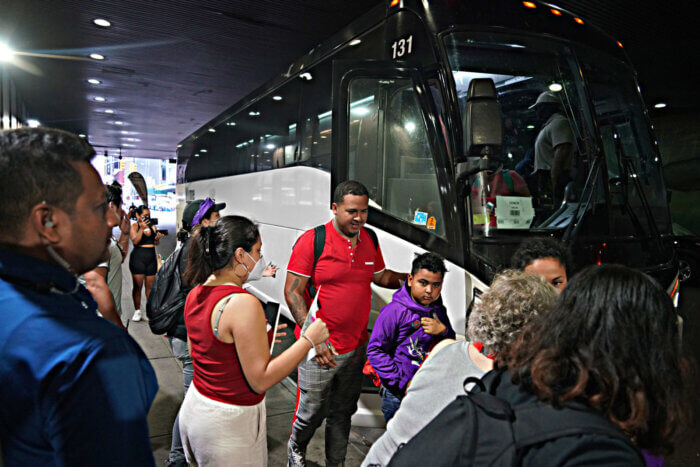
Bronx, Westchester officials say they received little notice, details to accommodate migrants
Some Bronx and Westchester County officials said they received little notice and details of the arrival of asylum seekers over the past week, after COVID-19 pandemic-era restrictions at the southern border lapsed Thursday.
Bronx City Councilmember Eric Dinowitz said in an interview Tuesday evening that temporary shelters have opened up in his council district — which encompasses the neighborhoods of Bedford Park, Kingsbridge, Riverdale, Norwood, Van Cortlandt Village, Wakefield and Woodlawn — and that his office didn’t receive much forewarning.
“We typically receive very, very short notice,” the councilmember said. “(The Department of Homeless Services), they open the shelter and then … at best they tell us a day or two before.”
Dinowitz said he couldn’t provide the specific number of shelters in Council District 11 because some of them aren’t only reserved for migrants and some have predated this most current influx of newcomers. He also said he’s tried to request specifics from the city Department of Homeless Services, but that the entity is “notoriously opaque about the data.” Dinowitz said he’s aware of a “handful” of emergency shelters serving “hundreds” of asylum seekers in his district, and that “if there is a plan to find asylum seekers permanent housing, it has not been shared with me.”
A spokesperson for New York City Mayor Eric Adams also said they couldn’t provide the exact number of temporary shelters — nor their locations — per the New York State Social Services Law, but confirmed with the Bronx Times that there were “more than 4,200 asylum seekers last week alone” who entered the city. According to the spokesperson, New York City is working to accommodate “hundreds” of migrants “every day” and has been saddled with the arrival of 67,000 since last spring.
Dinowitz said he’s mainly concerned with the amount of resources in his district that will now have to be spread more thinly.
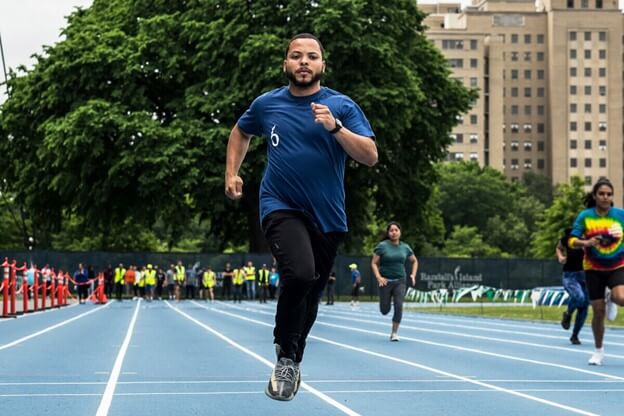
Bronx track coach inspires athlete to follow in her footsteps through New York Road Runners
Imitation is the greatest form of flattery.
Elías Cruz, 30, followed in the footsteps of his former middle school track coach Shawanda Weems, an English teacher at the Institute for Environmental Learning, or PS/MS 15, in University Heights. Now also an English teacher, Cruz started a middle school track team of his own at The New School for Leadership and the Arts, or MS 244, in Kingsbridge.
Both of the coaches run their teams through the Rising New York Road Runners (NYRR) program, which provides educational resources for coaches like instructional videos and lesson plans, as well as races and bussing to those races. Participants at Title 1 schools — like Cruz’s and Weems’ schools, where at least 40% of students are from low-income families — also get a free pair of New Balance sneakers.
“Road Runners is like a mustard seed, and the resources they were able to supply me as a coach allowed me to water,” Weems said. “Water a bunch of students into these amazing plants that are standing on their own.”
While Cruz’s and Weems’ NYRR sites function as school track teams, the program also provides training to physical education teachers for gym classes, classroom teachers for fitness breaks and counselors for community centers and after-school programs, a NYRR spokesperson told the Bronx Times. There are 800 sites across the country serving more than 112,000 young people from pre-school through 12th grade, and about 50,000 of the program’s participants are based in New York City.
There are 77 NYRR sites in the Bronx, 66 of which are at public schools. The rest are run through charter schools, private schools, community centers, learning centers and after-school programs, a NYRR spokesperson said.
For more coverage, follow us on Twitter, Facebook and Instagram @bronxtimes

